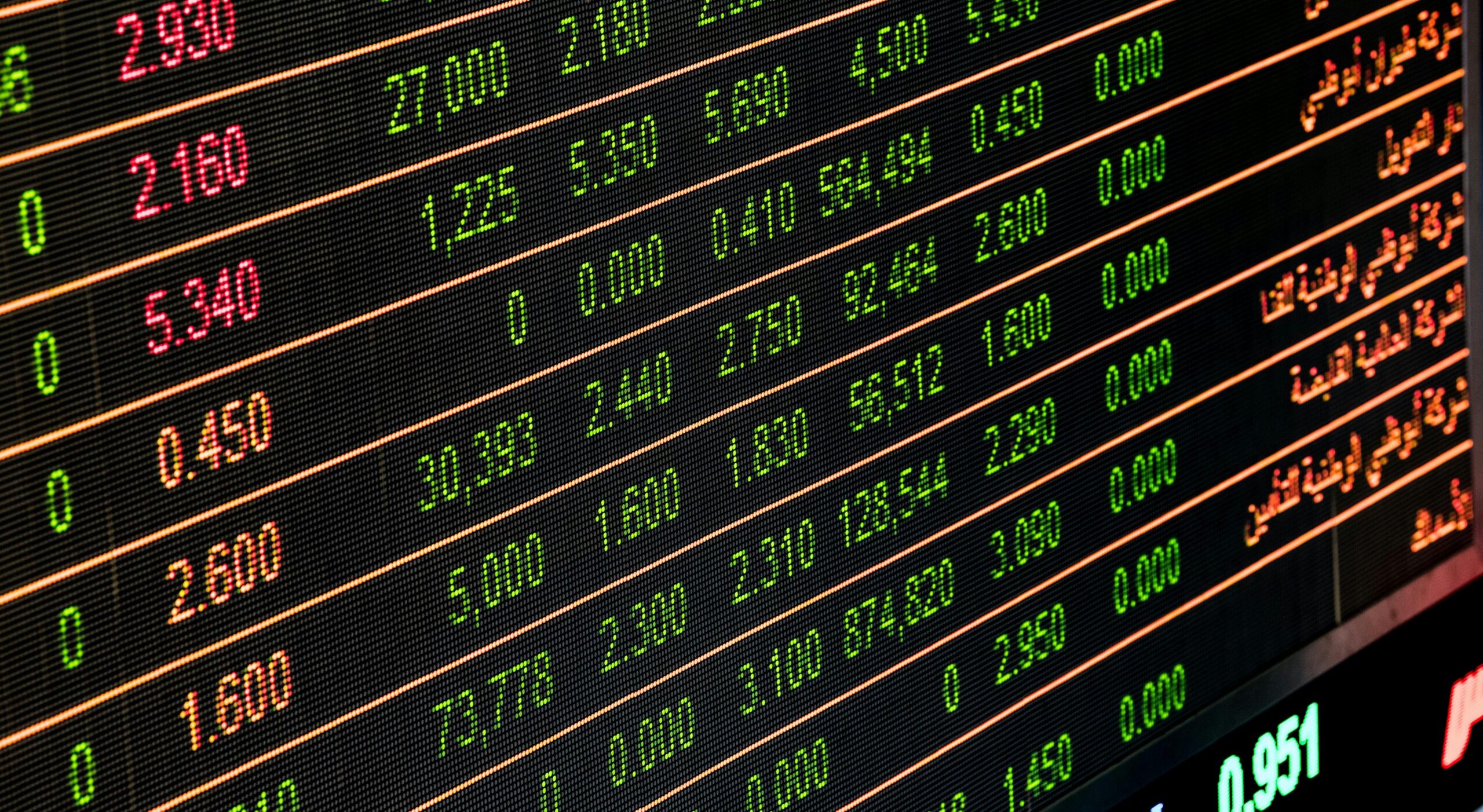 The 'big three' indexes are on track for a fantastic start to the year...
The 'big three' indexes are on track for a fantastic start to the year...
We're nearly a quarter into 2024, and the S&P 500 Index is already up about 9%, the Nasdaq Composite Index is up almost 10%, and the Dow Jones Industrial Average is up 4%.
All three indexes have surpassed their previous highs from 2021 – and that's in spite of our economy being on the brink of recession...
After the new year, it became obvious that interest-rate cuts weren't coming as soon as everyone thought. As a result, a "soft landing" is no longer a guarantee.
Inflation has been hotter than expected – picking up to 3.2% annual growth last month. And Federal Reserve Chairman Jerome Powell has said that the central bank still needs time before it feels comfortable easing up on its monetary policies.
That's not usually the kind of environment where the market rallies without a care... and, as it turns out, the entirety of the market isn't actually rallying.
Today, we'll look at one part of the market that's still languishing... and we'll talk about why that's reason to be worried about the market as a whole.
 The market is getting concerningly top-heavy...
The market is getting concerningly top-heavy...
As we mentioned yesterday, the "Magnificent Seven" tech stocks are responsible for 45% of the S&P 500's performance. And it's the same story for both the Nasdaq and the Dow...
All seven stocks – which includes Apple (AAPL), Amazon (AMZN), Alphabet (GOOGL), Meta Platforms (META), Microsoft (MSFT), Nvidia (NVDA), and Tesla (TSLA) – are in the Nasdaq 100 Index, as well. And collectively, they make up 40% of the index's weighting.
The Dow is only up 4% because just three of the seven stocks (Apple, Amazon, and Microsoft) are among the 30 blue-chip stocks it tracks. It hasn't benefited from Nvidia's 86% rally... or Meta's 43% rise.
We've said it before, and we'll say it again... This stock market rally is extremely concentrated.
The Russell 2000 Index, for instance, tracks a much broader universe of stocks. It measures the performance of 2,000 small-cap companies... and it's only up 1% year to date.
That may not sound so bad by itself. However, the index hasn't reached a new all-time high like the other major indexes... It's still down about 16% from its 2021 high.
Now, 2023 was no doubt a tough year for small stocks. Investors were – and still are – worried that high interest rates are going to hurt small companies. After all, their financials just aren't as strong as larger corporations.
So instead, investors are buying into the very biggest stocks.
 Again, that's not a sign of a healthy market...
Again, that's not a sign of a healthy market...
Smaller stocks tend to perform better during the early stages of a bull market. That's when investors start taking a bit more risk... and when small companies have the best chance to grow.
To us, the lackluster performance of the Russell 2000 is a sign that some investors understand it's a risky time in the market. And yet, nobody wants to be left out of the current rally – no matter how tech-driven it may be.
When small companies are struggling, and the very largest are getting larger, that's a sign of a bubble forming...
And the more top-heavy the market gets, the more vulnerable the rally is. Just one piece of bad news can seriously damage investor sentiment.
Regards,
Rob Spivey
March 21, 2024
Editor's note: Right now, an incredibly rare and short-term opportunity is shaping up in the financial markets. And when we say "rare," we mean we haven't seen something like this in more than two decades...
It has nothing to do with a coming market crash, a banking crisis, or even a new bull market. Instead, it has to do with a specific market anomaly that Wall Street has already been circling... and one that only exists because of today's interest-rate environment.
Next Tuesday, on March 26, Joel Litman teams up with Porter Stansberry – founder of our corporate affiliate Stansberry Research – to explain it all... including how you could multiply your money several times over. Reserve your spot here – 100% FREE.



 The 'big three' indexes are on track for a fantastic start to the year...
The 'big three' indexes are on track for a fantastic start to the year...

